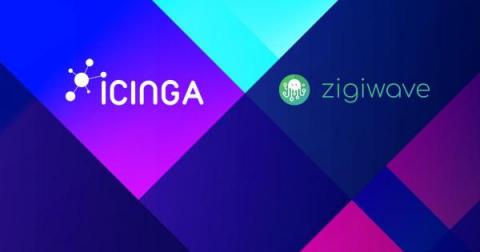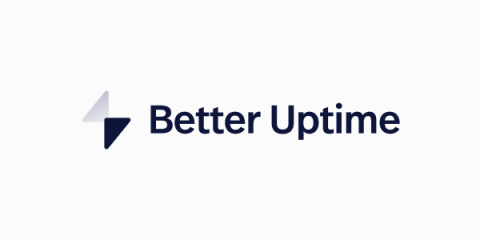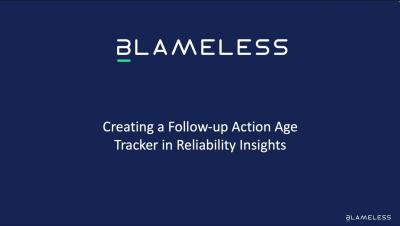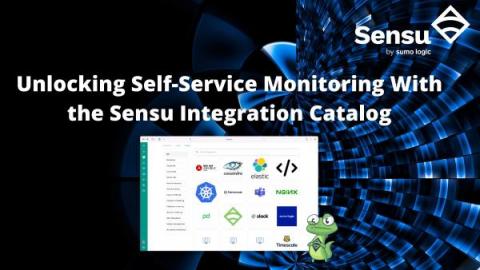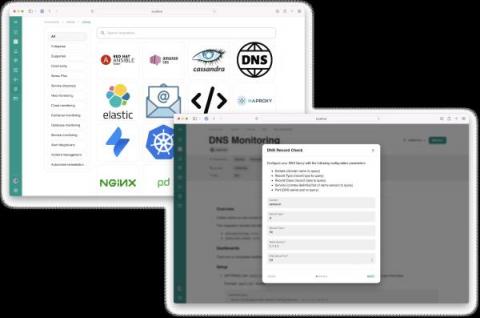Icinga integration cases: OpsBridge and ServiceNow
The health of your systems and applications is fundamental for your organization’s infrastructure. Monitoring them indicates if there are any issues that need to be handled before they become serious and affect your customers. This is why companies often use a plethora of monitoring tools that can spot any irregularities as early as possible. Icinga allows you to monitor a lot of different metrics throughout your ecosystem, with various plugins that are ready-to-use.


